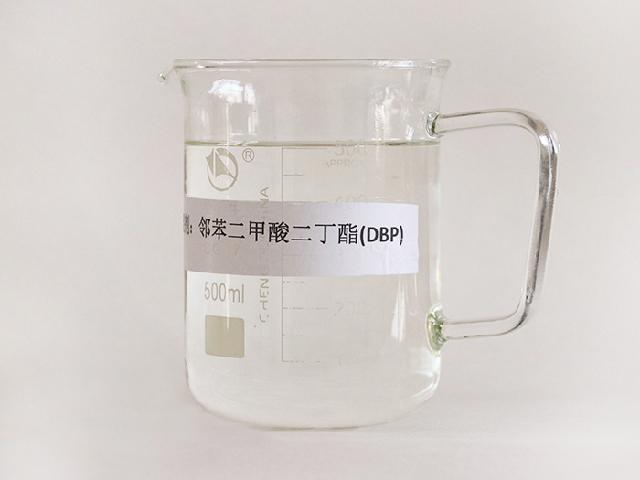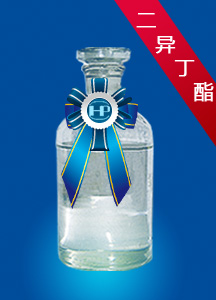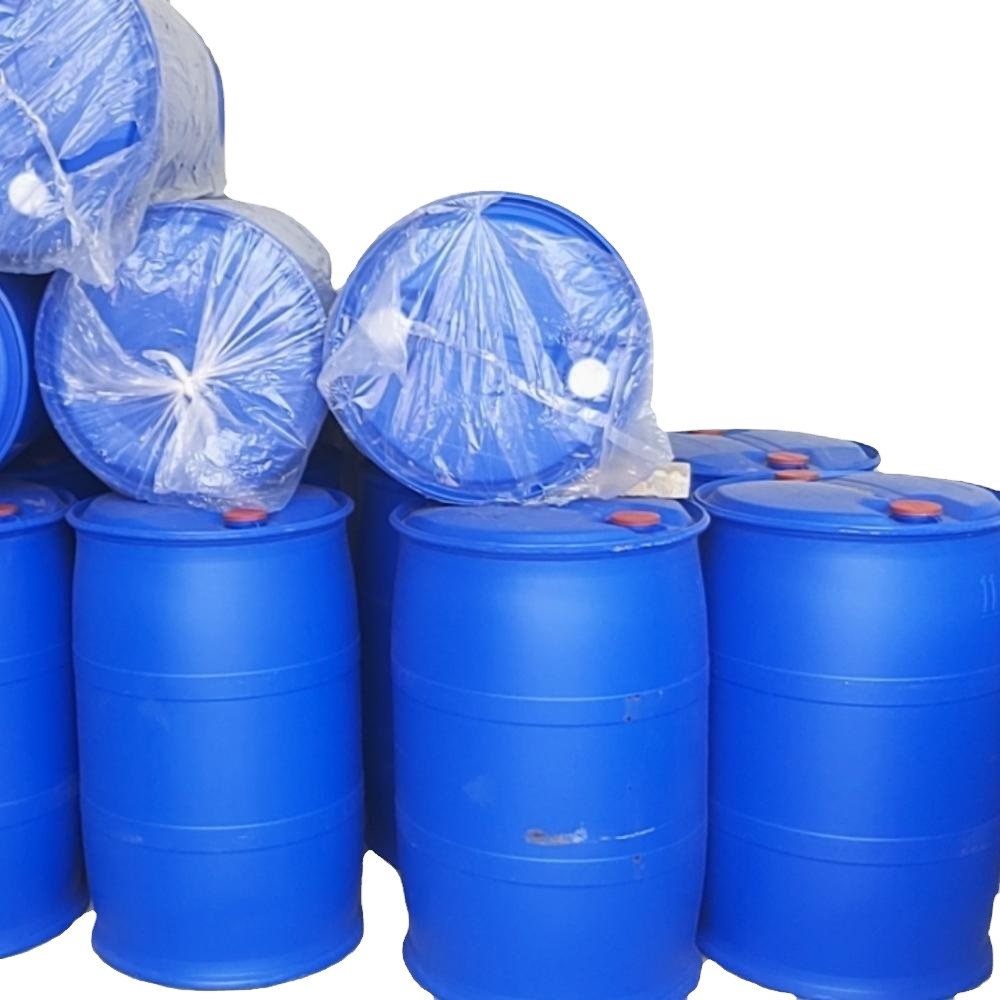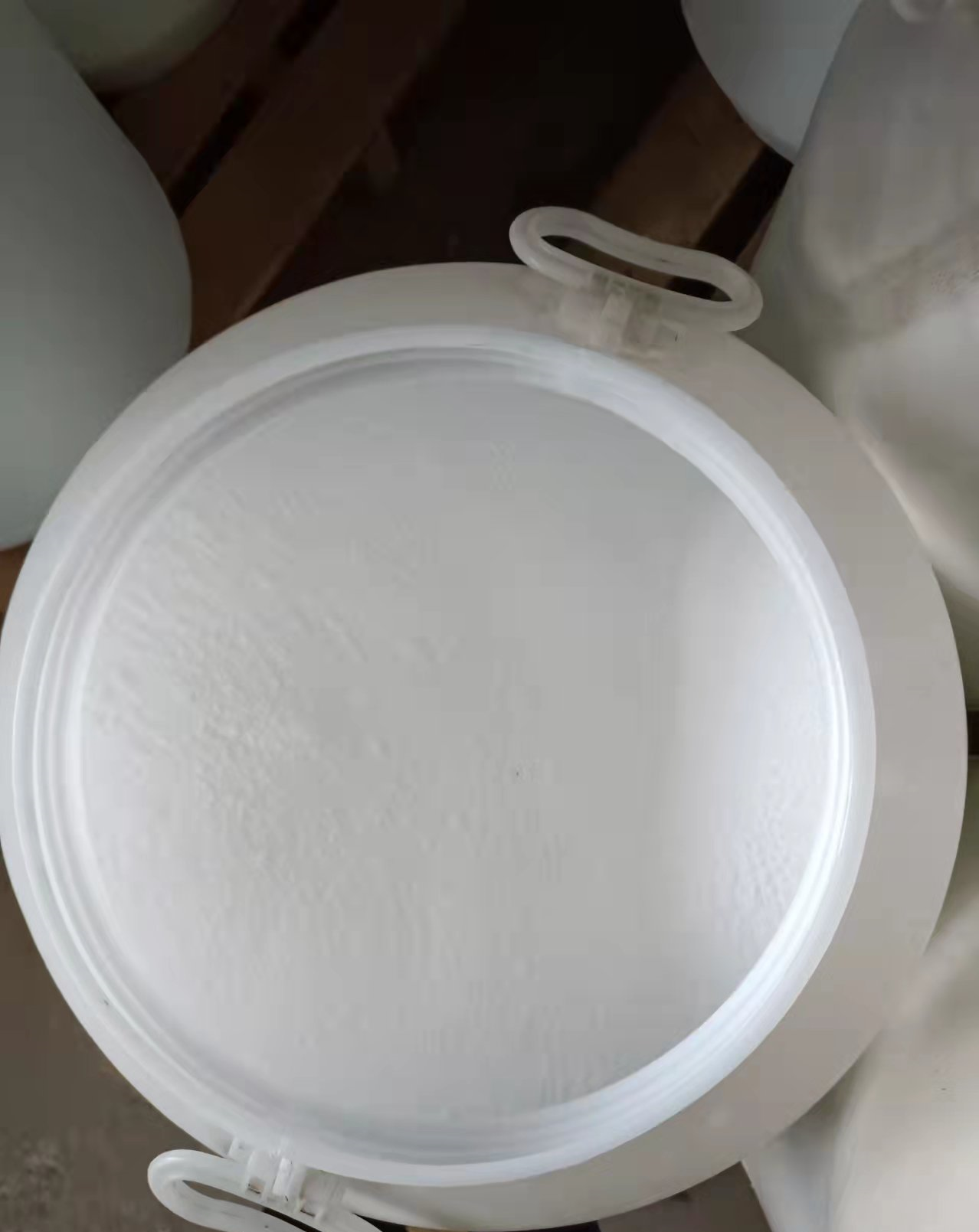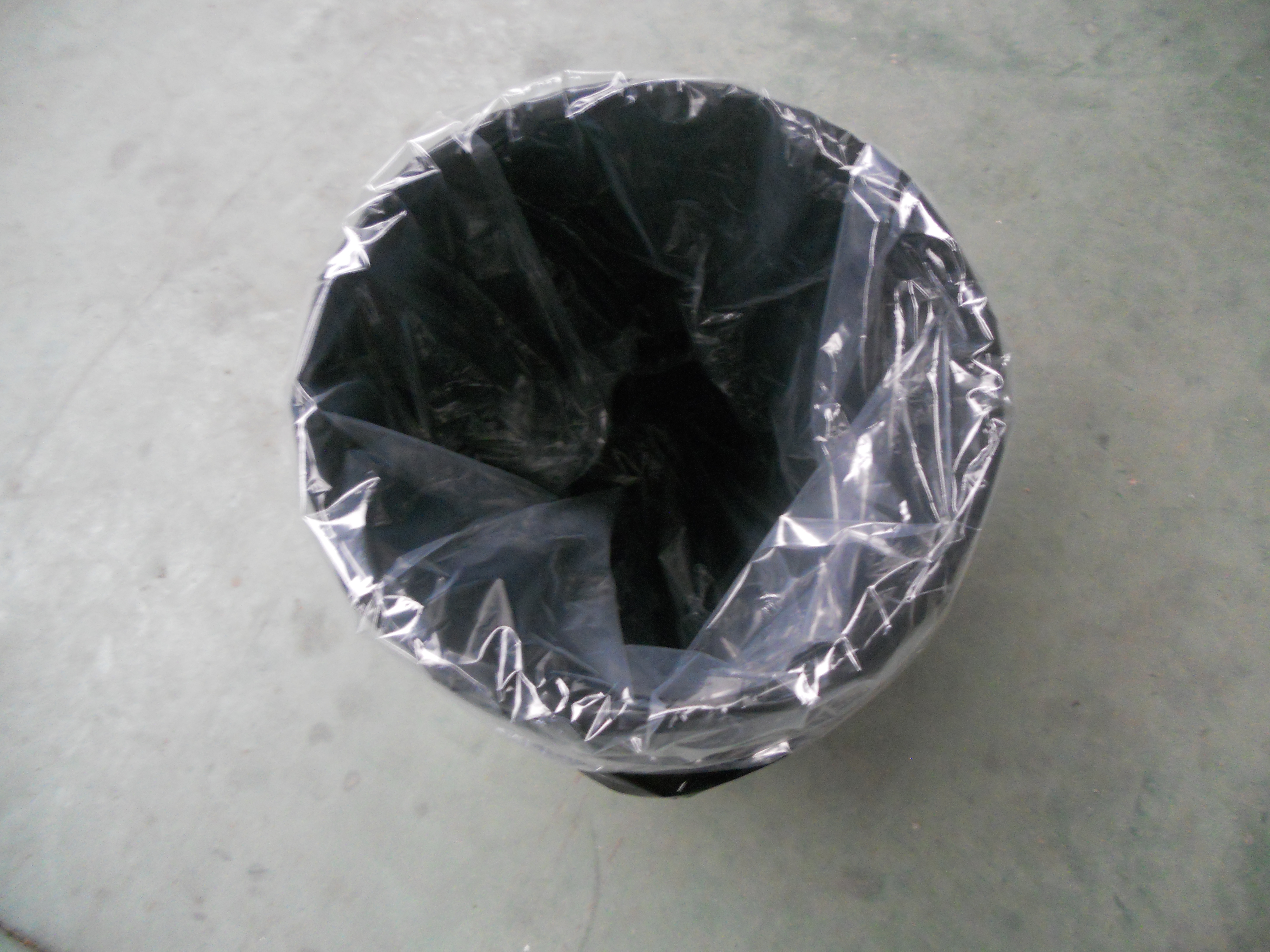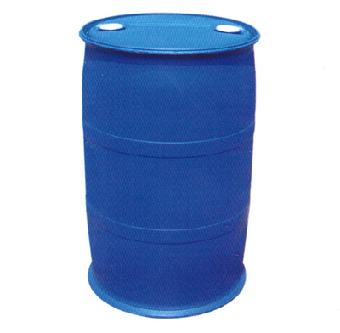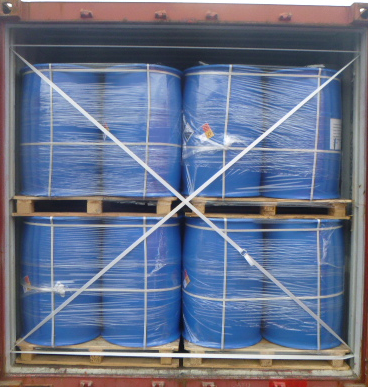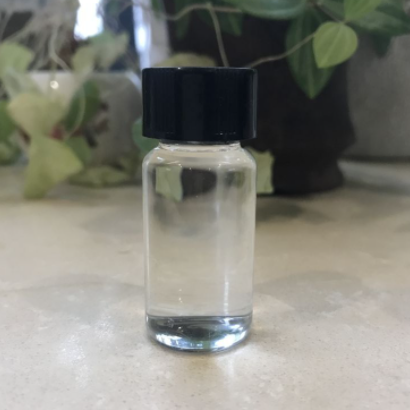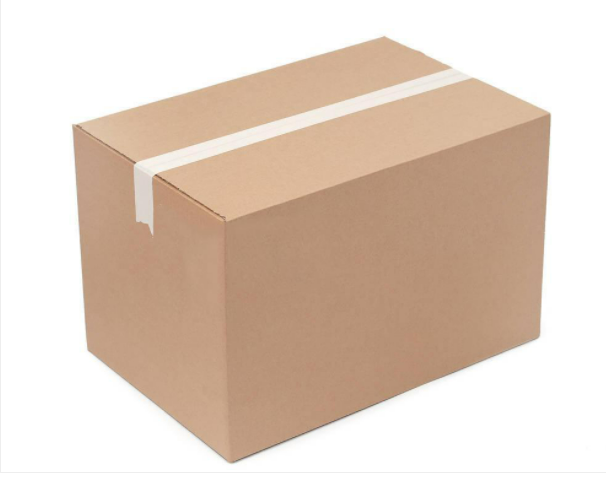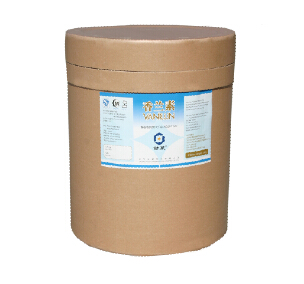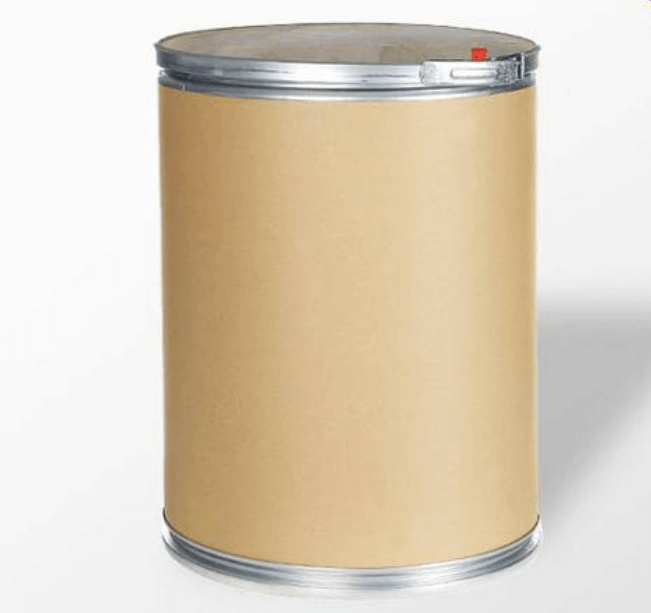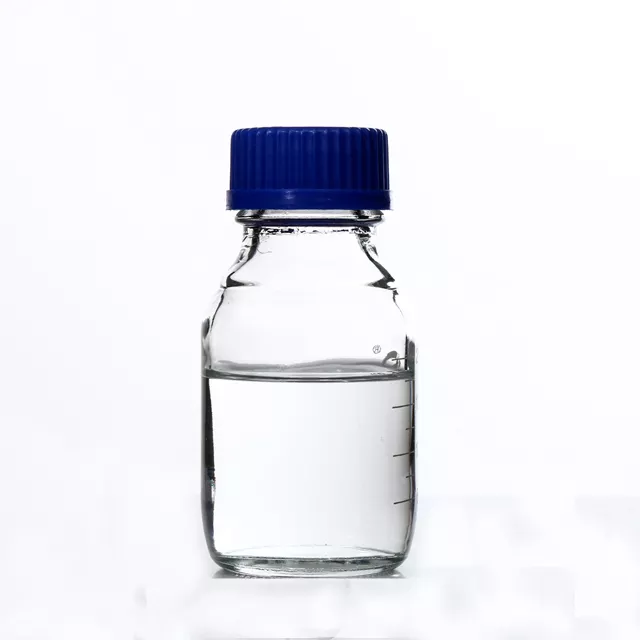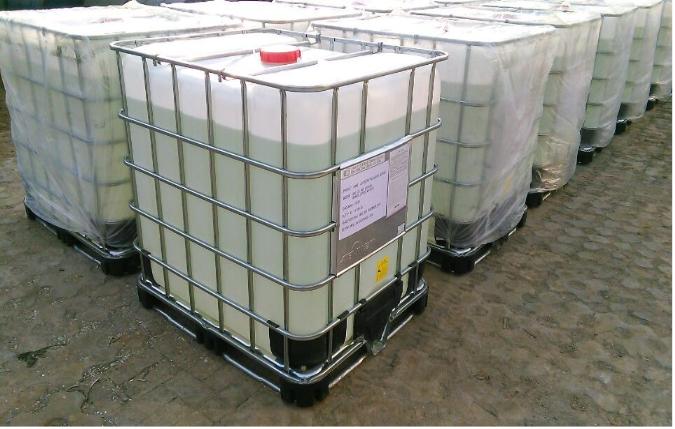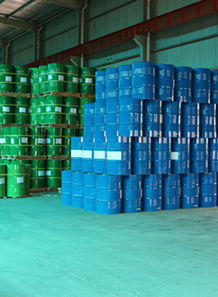Cosmetics
Find
902
related chemicals for you
CAS:84-74-2
Molecular Formula:C16H22O4
Alias
More Information
Phthalic Acid Dibutyl Ester; 1,2-Dibutyl 1,2-Benzenedicarboxylate; Phthalic Acid Di-N-Butyl Ester; Dibutylphosphonic Acid Butyl Ester; Dibutyl Benzene-1,2-Dicarboxylate; Dibutylphosphinsaeure-Butylester; Di-N-Butyl Phthalate; 2,6-Di-T-Butyl-4-Methyl-Phenol; Dibutylphthalate; Dibutyl-Phosphinic Acid Butyl Ester; Butyl Dibutylphosphinate; Butyl Phthalate; 1,2-Benzenedicarboxylic Acid, Dibutyl Ester; Butylester Of Dibutylphosphinic Acid; Phosphinic Acid,Dibutyl-,Butyl Ester; DBP
Brief Introduction
Dibutyl is an ideal plasticizer for nitrocellulose, acetate fiber and polyvinyl chloride. It has good softening effect, excellent stability, adhesion, flexural resistance and waterproof. In addition, dibutyl is also used in the manufacture of chemical products such as paint, adhesive, man-made fiber, printing ink, safety glass, dye, pesticide, perfume solvent and fabric lubricant.
Suppliers
View More Vendors (4) >
苏州嘉鼎化学有限公司
99.9%
/
-
CAS:107-64-2
Molecular Formula:C38H80ClN
Alias
More Information
Dimethyldioctadecylammonium Chloride; Dimethyldistearylammonium Chloride; N,N-Dimethyl-N-Octadecyloctadecan-1-Aminium Chloride; Distearyldimonium Chloride; Distearyldimethylammonium Chloride; Dioctadecyldimethylammonium Chloride; 1-Octadecanaminium, N,N-Dimethyl-N-Octadecyl-, Chloride; Distearyl Dimethyl Ammonium Chloride; Unii-Om9573Zx3X; Dimethyl Dioctadecyl Ammonium Chloride; Dimethyl(Dioctadecyl)Azanium;Chloride; Dimethyl Distearylammonium Chloride; D1821; 2HT; N,N-Dimethyl-N,N-Dioctadecylammonium Chloride; Hexadecen; Dodmac
Brief Introduction
This product is mainly used as an excellent emulsifier for synthetic rubber, silicone oil, asphalt and other oil chemicals; It is also the main component of hair conditioner; It can also be used as antistatic agent for synthetic fiber, glass fiber softener, fabric softener, bactericide and disinfectant.
Suppliers
View More Vendors (4) >
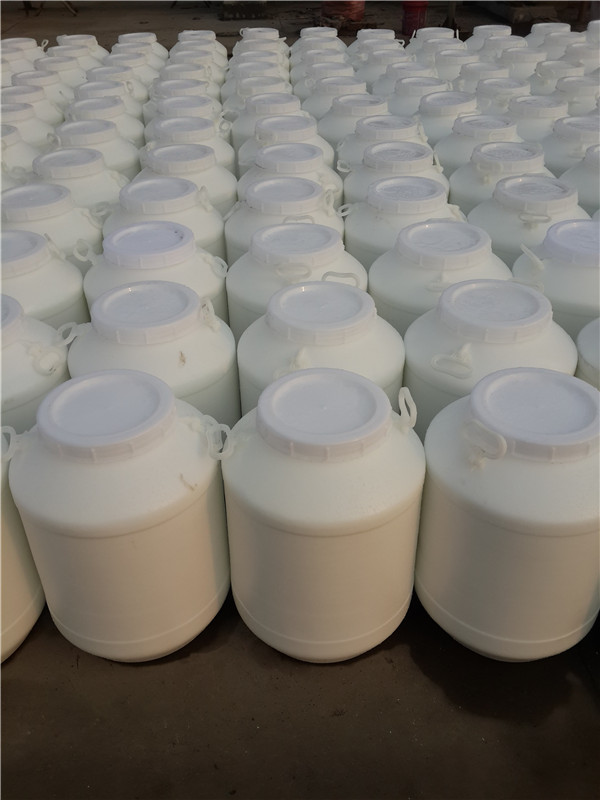
Active substance content: 50% 75%
/
Tech Grade
175kg
/
Plastic Drum
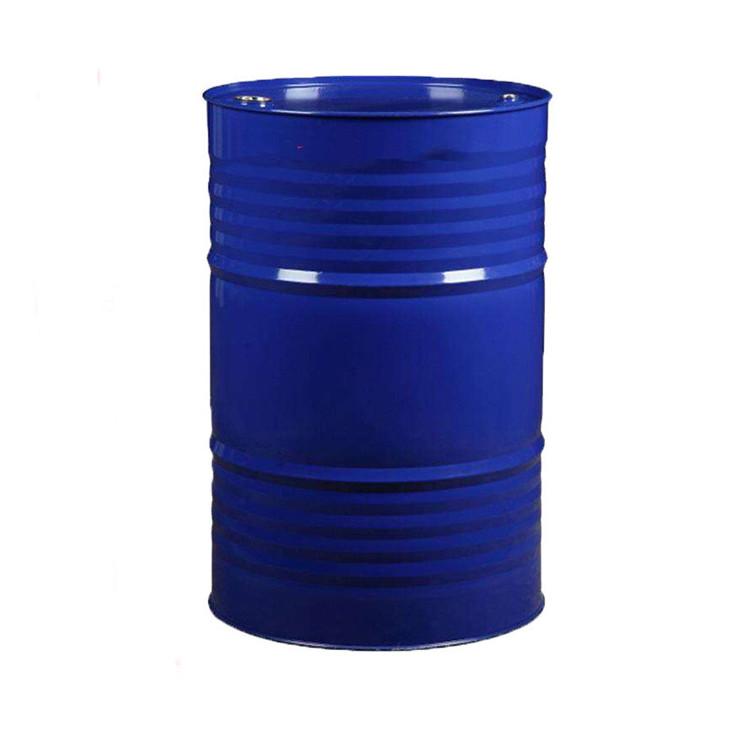
ZTH-D1821;Active substance%: 50, 75
/
Tech Grade
50kg
/
Plastic Drum
CAS:111-30-8
Molecular Formula:C5H8O2
Alias
More Information
Pentane-1,5-Dial; 1.3.5-Trimethoxycarbonyl-Pentan; Pentanedial; Glutaric Dialdehyde; 1,3,5-Tricarbomethoxypentane; Glutardialdehyde; 1,5-Pentanedial; Pentandial
Brief Introduction
Glutaraldehyde is an important saturated straight chain aliphatic cluster binary aldehyde. Although there are many reports about the toxicity of glutaraldehyde, the crosslinking of glutaraldehyde has many advantages in clinical application, and has been accepted by chemical book. Although glutaraldehyde is widely used in pharmaceutical industry and biomedical field, its toxicity, irritation and environmental pollution can not be ignored.
Suppliers
View More Vendors (4) >
CAS:121-33-5
Molecular Formula:C8H8O3
Alias
More Information
Rhovanil; Vinillin; 4-Hydroxy-3-Methoxybenzaldehyde; 3-Methoxy-4-Hydroxy-Benzaldehyde; Vanilin; Fema 3107; Zimco; Vanilla; Reference Source: Negwer; Benzaldehyde, 4-Hydroxy-3-Methoxy-; Methyl Vanillin; Vanillin (Contains H2So4) Ethanol; 4-Oxy-3-Methoxybenzaldehyde; Lioxin; Vanilline; Vanillic Aldehyde
Brief Introduction
This product has strong milk fragrance and sweet fragrance, is one of the most important food additives, and also widely used daily flavor. It is widely used in candy, ice cream, beverages, pastries, chocolate and bread, biscuits, tobacco, wine and other kinds of food. It can also be used in various daily chemicals such as soap, toothpaste, perfume, cream and so on, as well as for medicine, reagents, electroplating, chemical rubber, plastics and so on.
Suppliers
View More Vendors (4) >
CAS:122-20-3
Molecular Formula:C9H21NO3
Alias
More Information
Nitrilotripropanol; 1,1,1-Nitrilotri-2-Propanol; 1,1',1''-Nitrilotri(-2-Propanol); 1-[Bis(2-Hydroxypropyl)Amino]Propan-2-Ol; TIPA; 2-Propanol, 1,1',1''-Nitrilotris-; Tri-2-Propanolamine; 1,1',1''-Nitrilotripropan-2-ol; TIPA-85; TIPA85; TIPA 85
Brief Introduction
Triisopropanolamine can be used as gas absorbent and antioxidant; Cement industry as grinding aid; Fiber industry is used as refining agent, antistatic agent, dyeing assistant and fiber wetting agent; Used as antioxidant and plasticizer in lubricating oil and cutting oil; Plastic industry as crosslinking agent; It can be used as dispersant of titanium dioxide and minerals and curing agent in polyurethane industry. It is also used as pharmaceutical raw materials, photographic developer solvent, emulsifier of cosmetics, etc.
Suppliers
View More Vendors (4) >
Inquiry (
10
/ 10
)
Clear All
You can inquire for up to 10 products at a time
Sign In
Error!

